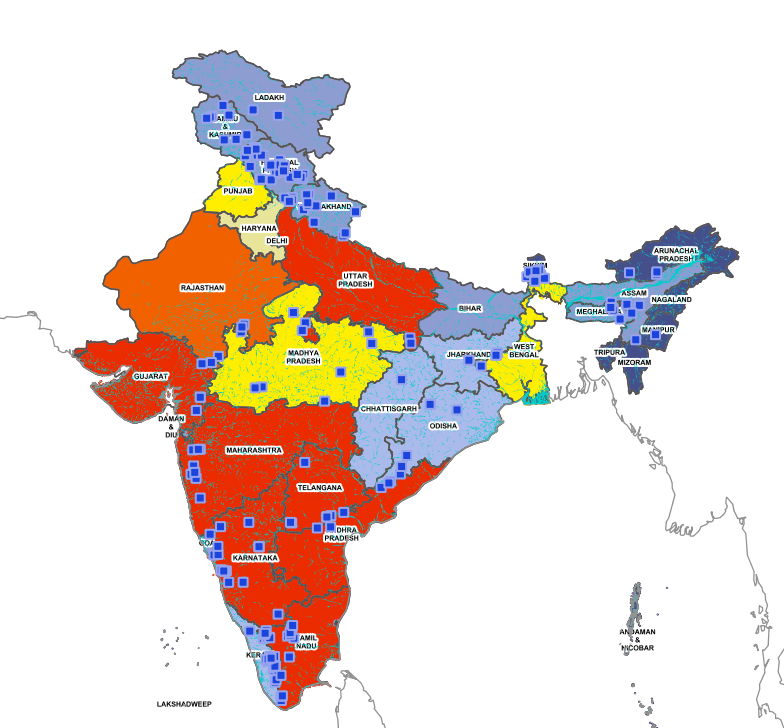Free Courses Sale ends Soon, Get It Now


Free Courses Sale ends Soon, Get It Now



Figure 3:GIS map showing distribution of Large Hydro Power Plants
© 2024 iasgyan. All right reserved